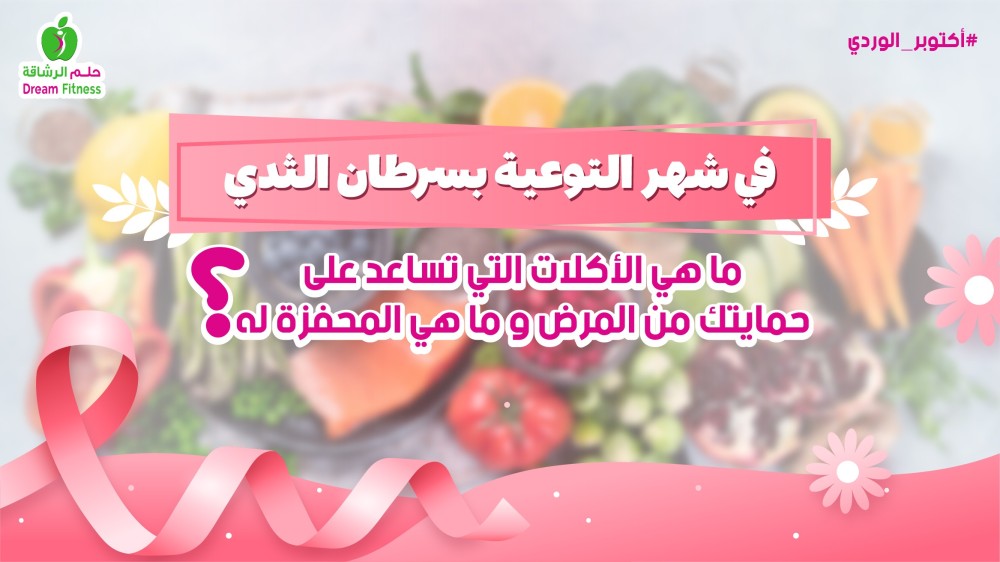Breast cancer is a disease in which abnormal breast cells grow out of control and form tumors. If left untreated, tumors can spread throughout the body and become fatal.
Breast cancer cells begin within the milk ducts and/or milk-producing lobules of the breast. Its initial form (in situ) is not life-threatening. Cancer cells can spread to nearby breast tissue (invasive breast cancer). This creates tumors that cause lumps or thickening.
Invasive cancers can spread to nearby lymph nodes or other body organs (metastasis). Metastasis can be fatal.
Treatment depends on the person, the type of cancer and its spread. Treatment combines surgery, radiation therapy and medications.
Breast cancer prevention methods aim to reduce the risk of developing it for all people and different groups. Men and women. Although it is not possible to prevent breast cancer with certainty, due to the lack of complete clarity about its causes, there are many means and methods that contribute to reducing the increasing number of infections and deaths resulting from it.
Breast cancer is the most common type of cancer among women, and many factors play a role in increasing the risk of breast cancer, including following an unhealthy diet including processed foods, smoking, and exposure to estrogen therapy. However, exposure to these factors does not mean that a woman You will get breast cancer.
Foods that may reduce the risk of breast cancer:
1. Green leafy vegetables
Green leafy vegetables have anti-cancer properties, including:
- cabbage
- watercress
- spinach
- Boiling
Green leafy vegetables contain carotenoid antioxidants, including beta-carotene, lutein, and zeaxanthin. Higher blood levels of these antioxidants are associated with a lower risk of breast cancer.
Some research has found that consuming folic acid, a B vitamin concentrated in green leafy vegetables, may help protect against breast cancer.
2. Cruciferous vegetables
Cruciferous vegetables, including cauliflower, cabbage and broccoli, may help reduce the risk of breast cancer.
Cruciferous vegetables contain glucosides, which your body can convert into molecules called isothiocyanates. These compounds have great anti-cancer potential.
3. Citrus
Citrus fruits include:
- Orange
- Grapefruit
- Lemon
- Sour lemon
- Tangerine
Citrus fruits and their peels are filled with compounds that protect against breast cancer, including:
- Folic acid
- Vitamin C
- Carotenoids such as beta-cryptoxanthin and beta-carotene
- Flavonoid antioxidants such as quercetin, hesperetin, and naringenin
These nutrients have antioxidant, anti-cancer, and anti-inflammatory effects.
4. Berries
Eating berries regularly helps reduce the risk of some types of cancer, including breast cancer.
The antioxidants in berries, including flavonoids and anthocyanins, have been shown to protect against cell damage as well as the development and spread of cancer cells.
5. Peaches, apples, pears and grapes
Fruits, especially peaches, apples, pears and grapes, have been shown to protect against breast cancer.
Studies analyzing data from hundreds of thousands of women have linked eating apples and pears to a lower risk of breast cancer.
Some laboratory studies also show that some compounds found in grapes, including flavonoids and anthocyanins, can protect against breast cancer cells.
6. Fatty fish
Fatty fish, including salmon, sardines and mackerel, are known for their impressive health benefits and provide omega-3 fats, selenium and antioxidants such as astaxanthin, which have protective effects against cancer.
Some studies also show that eating fatty fish specifically reduces the risk of breast cancer.
7. Fermented foods
Fermented foods like yogurt and pickles contain probiotics and other nutrients that protect against breast cancer.
Test tube studies and animal research suggest that this protective effect is related to the immune-boosting effects of some probiotics.
8. Beans
Beans are full of fibre, vitamins and minerals. Specifically, their high fiber content protects against breast cancer.
9. Herbs and spices
Herbs and spices contain plant compounds that help protect against breast cancer. These include vitamins, fatty acids, antioxidants and polyphenols.
For example, oregano contains the antioxidants carvacrol and rosmarinic acid. A 2017 test-tube study found that these antioxidants exhibit significant anti-cancer effects.
Since many other herbs and spices have powerful anti-cancer effects as well, it's a good idea to include a wide variety in your diet, such as thyme, curry spice blends, and ginger.
Foods that may increase your risk of various types of cancer, including breast cancer, include:
- sugar
In 2016 research, mice that ate a high-sugar diet like the typical U.S. diet were more likely to develop mammary gland tumors similar to breast cancer in humans.
In addition, these tumors were more likely to spread.
- Fats
Studies show that not all fats are bad. Although fats from processed foods increase the risk of breast cancer, some vegetable fats may help reduce it.
Trans fats are a type of fat common in processed and pre-packaged foods. Scientists have linked this to an increased risk of breast cancer. Trans fats are commonly found in processed foods, such as fried foods, some crackers, cakes, cookies or packaged pastries.
- Red meat
Some studies have found a link between red meat and an increased risk of breast cancer, especially if a person cooks meat at high temperatures, which can release toxins.
In addition, processed meats and deli meats tend to be high in fat, salt, and preservatives. This may increase the risk of breast cancer. in general.
- Processed foods
Some studies have found a link between processed foods and an increased risk of breast cancer.
- References:

